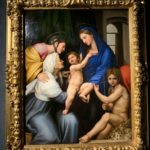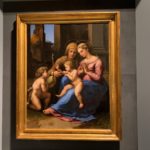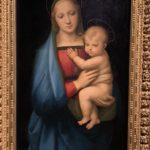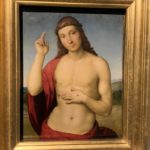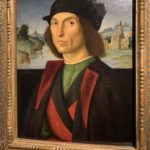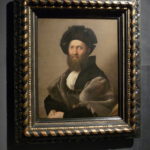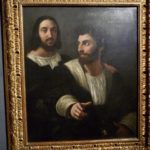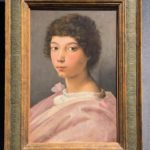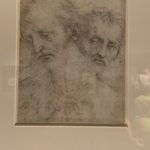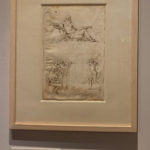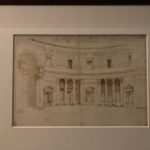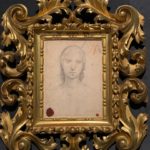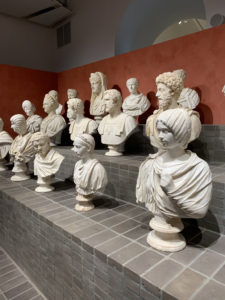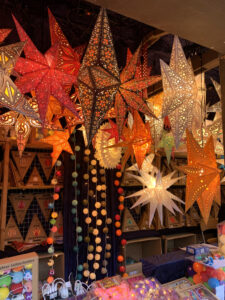Raffaello in Rome - The Exhibit That Almost Wasn’t
Last year, we were excited to see that the Scuderie del Quirinale would host a large Raffaello exhibition to commemorate the 500th anniversary of his death. It was scheduled to run from March – June of this year and in February, were were making plans with friends to attend. Before it could even open, the show, like all of us, was in lockdown due to the Covid-19 virus.
Like many museums, the Scuderie made a virtual visit available on their web site. With so many items on loan, I was sure that this exhibit would be dismantled and sent back to their home museums, so I was content to enjoy the on-line visit.
When the museums reopened in June, we were thrilled to see that the exhibit would be extended and would run from June 2nd – August 30th.
We normally decide to go to Rome on a whim on Friday night, get an early train and buy tickets at the museum for that day that included an audio guide. Everything has changed with all of the mandated social distancing requirements. A reservation is required to take the train, and reservations were mandatory to see the exhibit.
Masks were required in the train station and on the train for the entire ride. Seating was spaced and there were signs on seats indicating which ones could not be occupied.
Prior to our visit to the museum, we walked over to the Pantheon where Raffaello is entombed. We had to wait in line as they were checking people’s temperatures before letting them in. It was worth the wait. While the Pantheon is normally very crowded and noisy, it was practically empty and extremely quiet. We were able to take time to appreciate the building and all the works within, many of which we hadn’t really wanted to take the time to look at before.
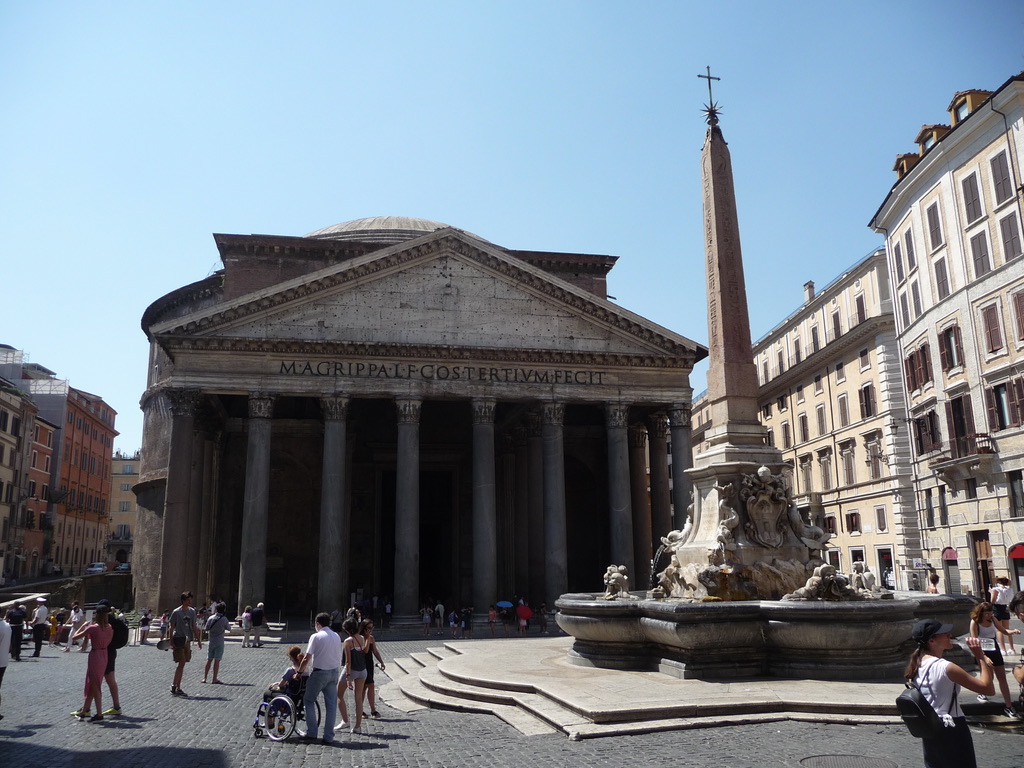
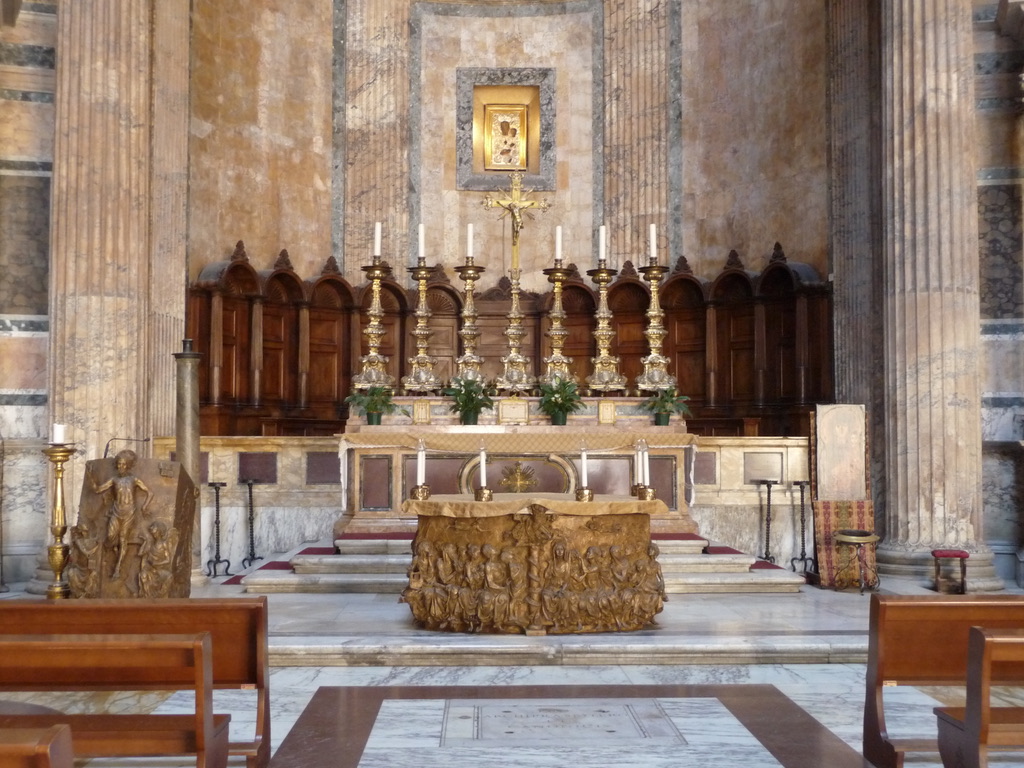
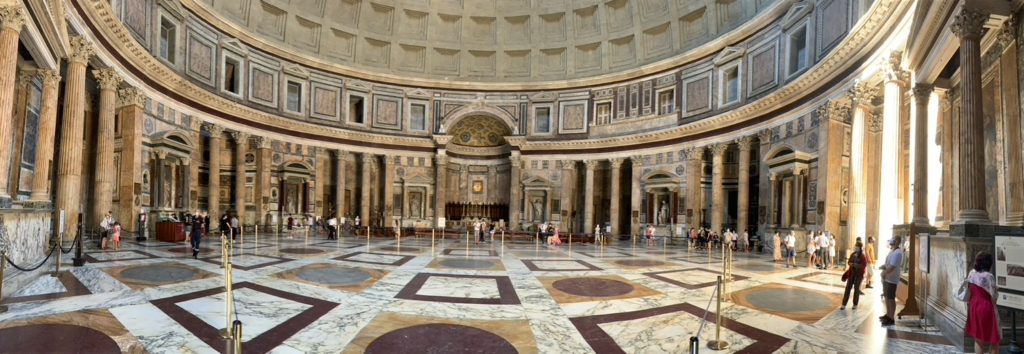
The Museum did a great job of getting people through the exhibit while maintaining all mandatory health precautions. Reservation times were spaced 5 minutes apart. Everyone waited for their turn. Each group had a museum employee escort them through the exhibit with 5 minutes per room (though it felt like more than 5 minutes sometimes). You might think that 5 minutes per room would not be enough time, but for the most part, it was fine. Each room had 3 – 5 major works + some additional sketches, letters or other source documentation.
The exhibit itself was outstanding. Raffaello was from Urbino in the Marche region of Italy, but he worked with and was influenced by the Umbrian painter Perugino (Pietro Vanucci), and throughout his short life he was also influenced by Leonardo da Vinci and Michaelangeo.
If I had to use one word to describe his paintings, I would choose “sumptuous”. The colors are rich and vibrant. The fabrics and jewelry are intricately detailed. There is also a vibrancy of spirit in his subjects, a spark that invites the viewer to connect emotionally with the subject
Since he received many commissions from he Catholic Church, Raffaello painted a lot of Madonna Child and Visitation pictures. Each one is tender and lovely. He painted Jesus and John the baptist as beautiful babies and children. His paintings at the Vatican are so breathtaking that the rooms he painted are simply referred to as the Raffaello Rooms.
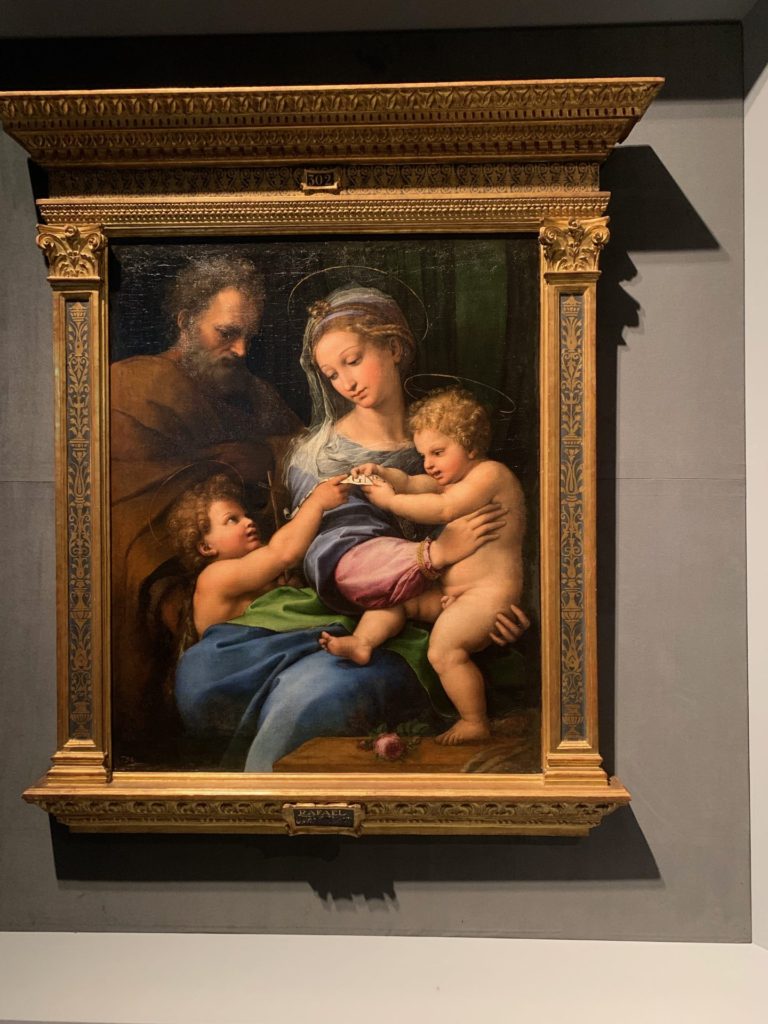
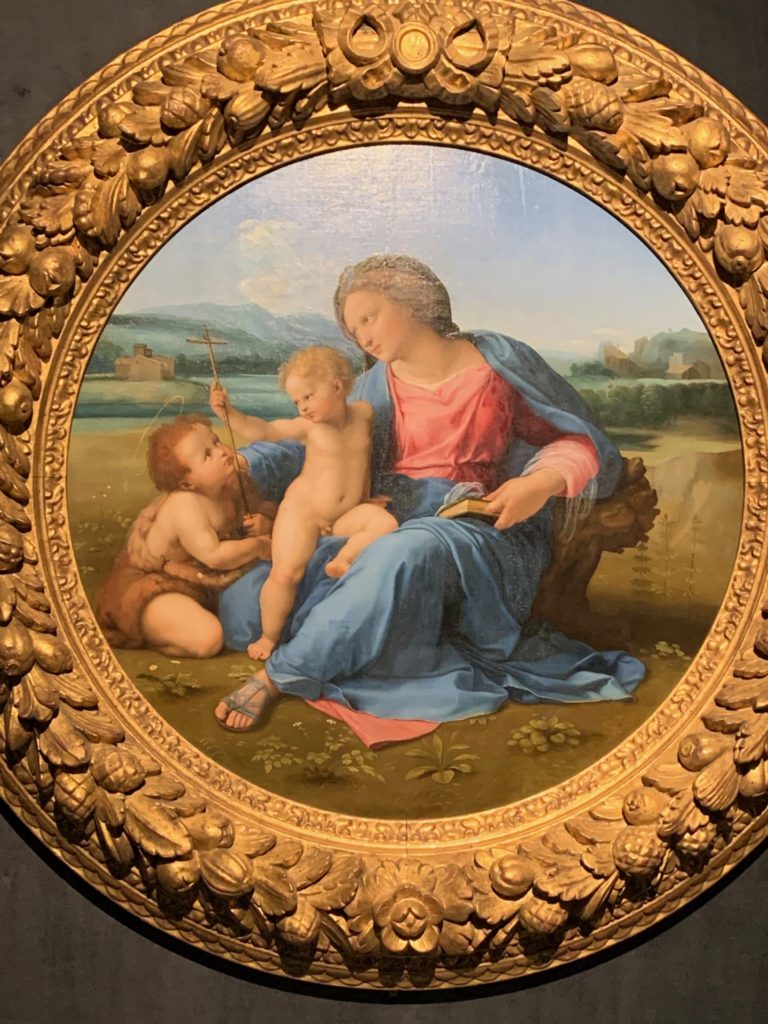
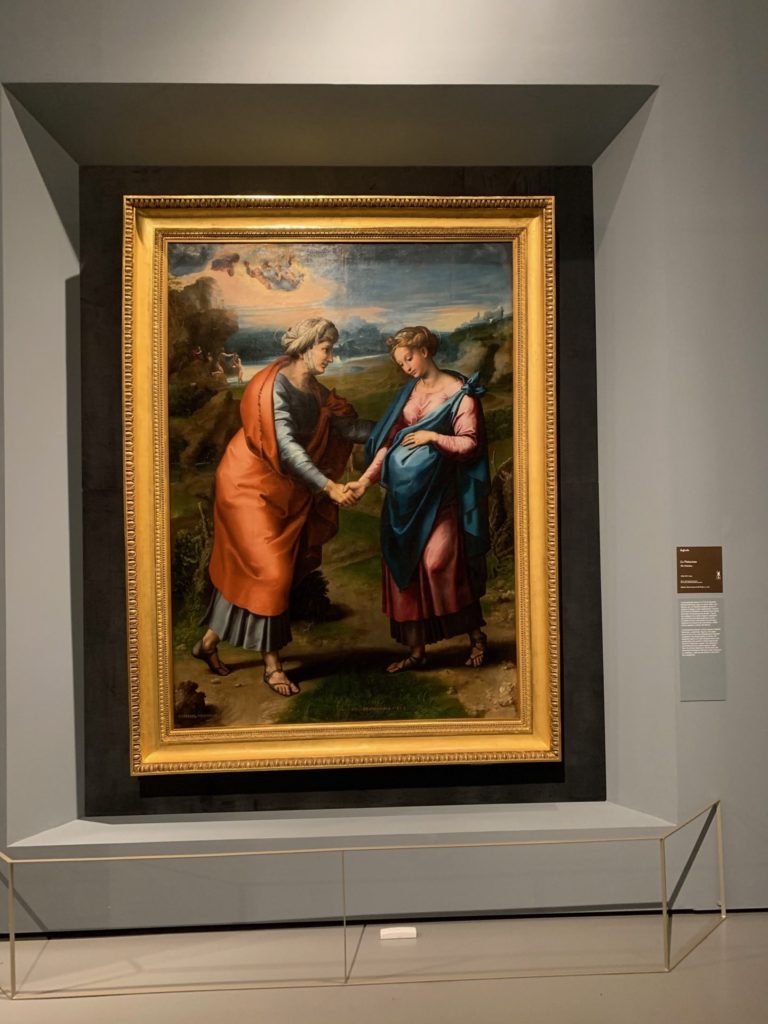
I particularly appreciated the inclusion of various sketches he made for some of the paintings and for the Vatican tapestries, 2 of which were included in the exhibit. Sometimes there were several sketches, some were exactly the same as the finished masterpiece, but there were often subtle or even very obvious differences. A perfect example of this is this Madonna and child. I personally found the sketch more beautiful than the painting. The expressions in the sketch are so tender.
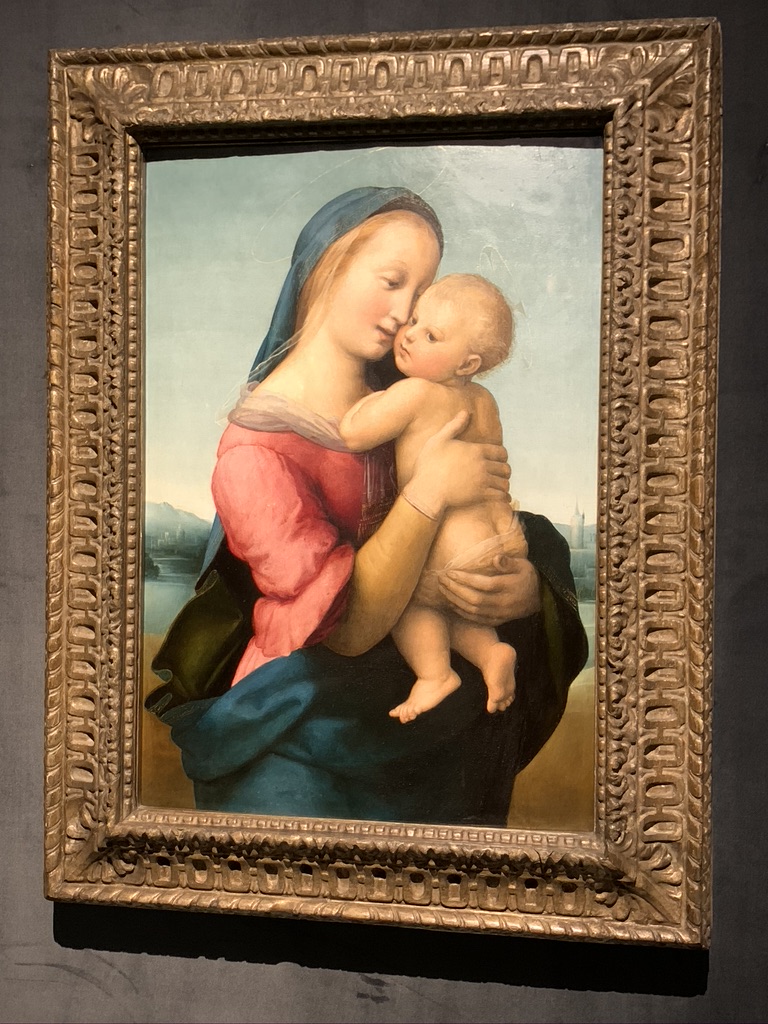
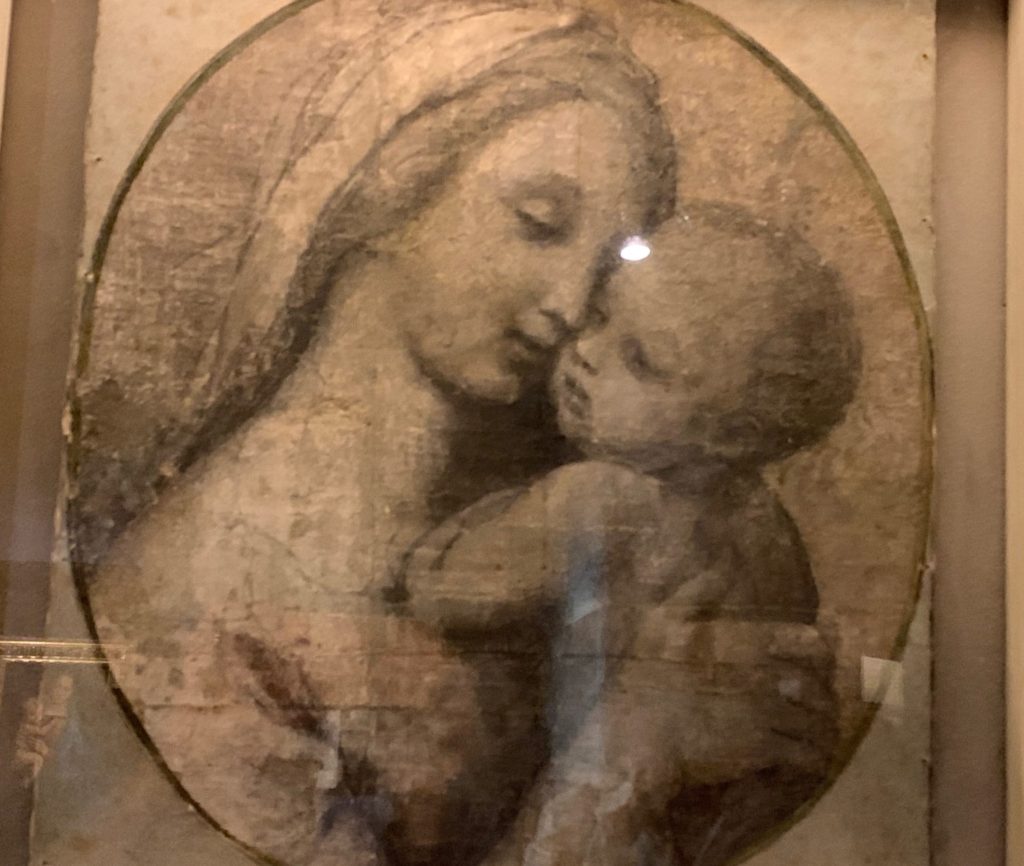
The sketch and final painting that was used for the Vatican Tapestry Ezekiel’s Vision was also impressive
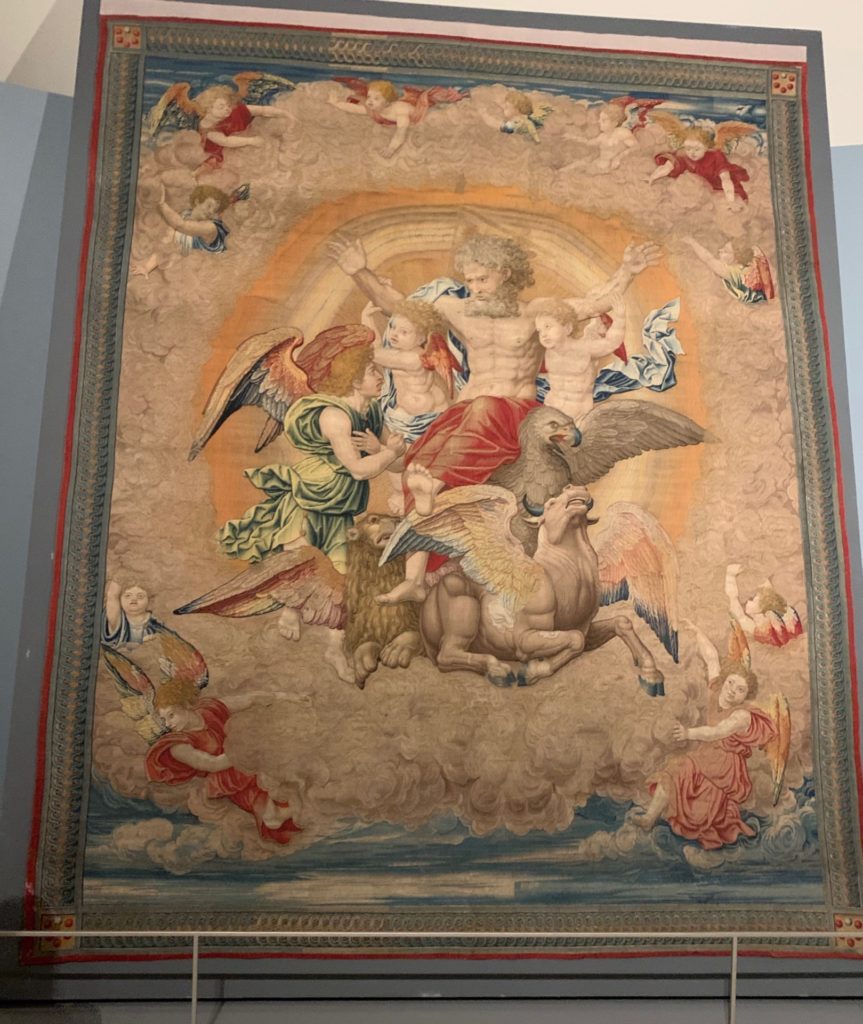
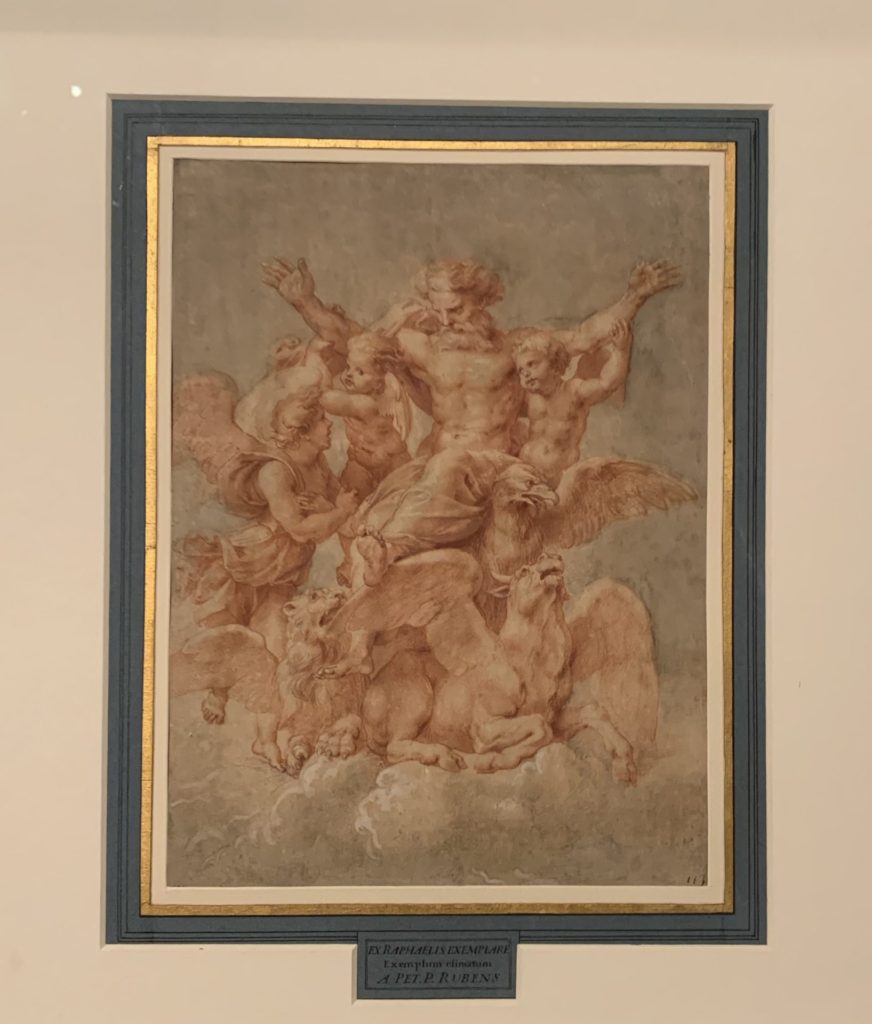
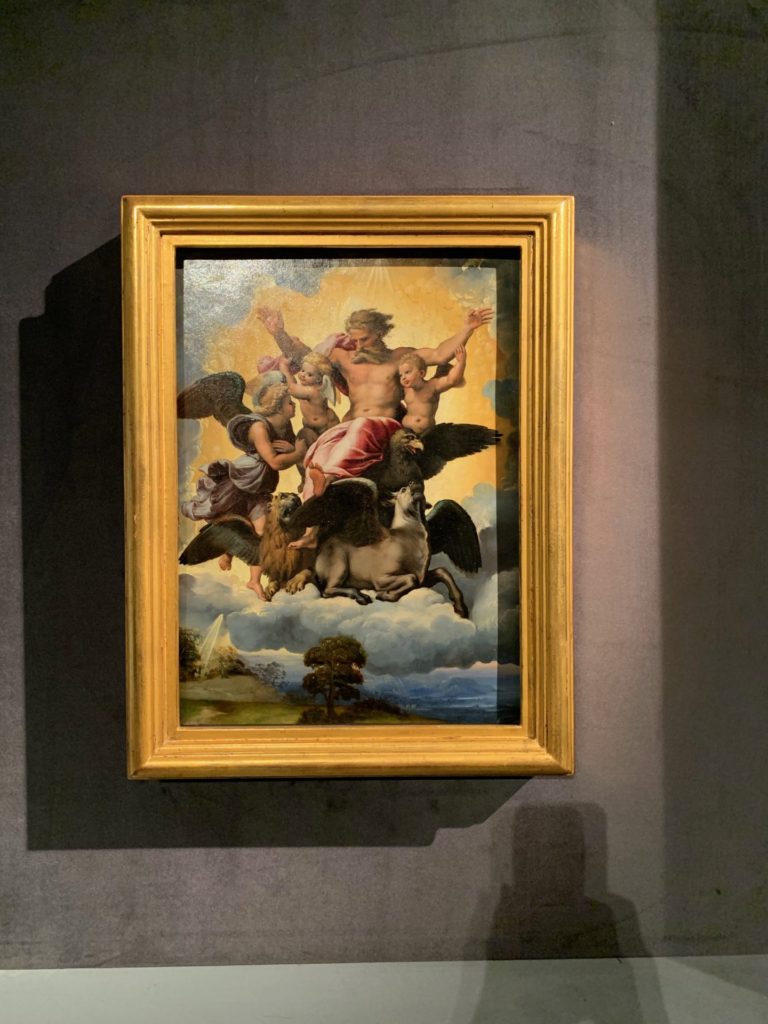
Like most painters, Raffaello also painted portraits. The expressive faces, rich colors, and detailed additional elements in the foreground or background helps bring the subject to life. Instead of looking pretentious or stuffy, they are intriguing.
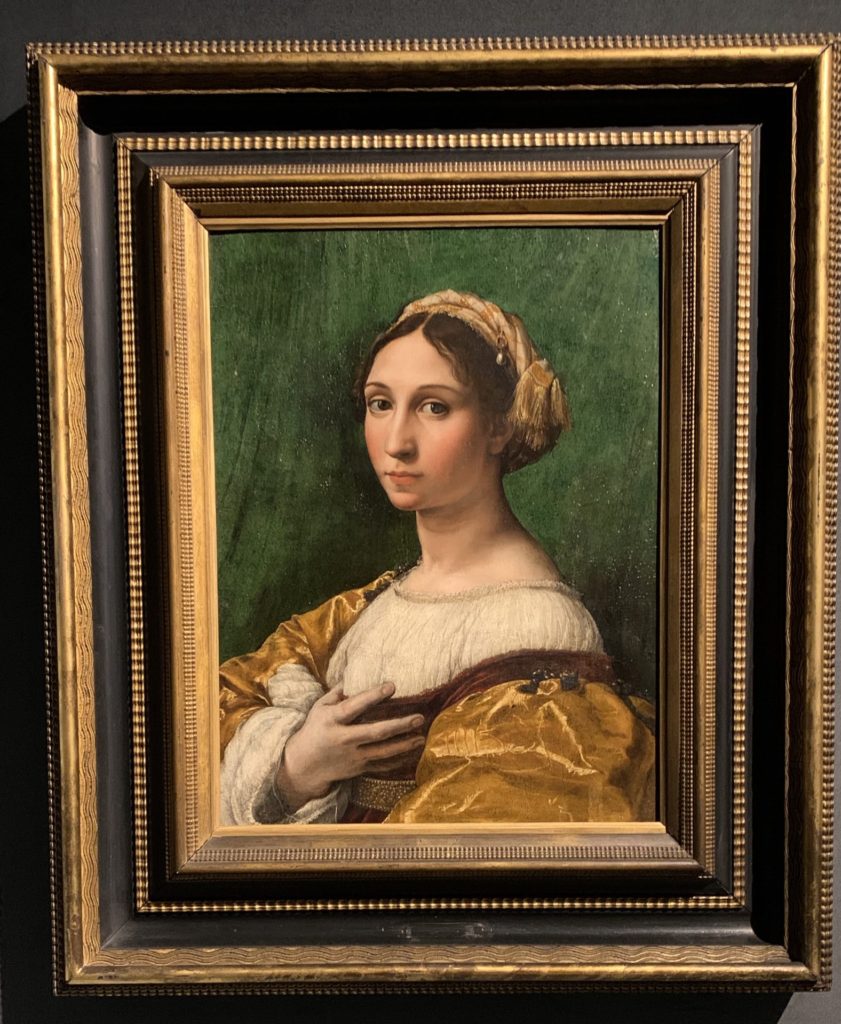
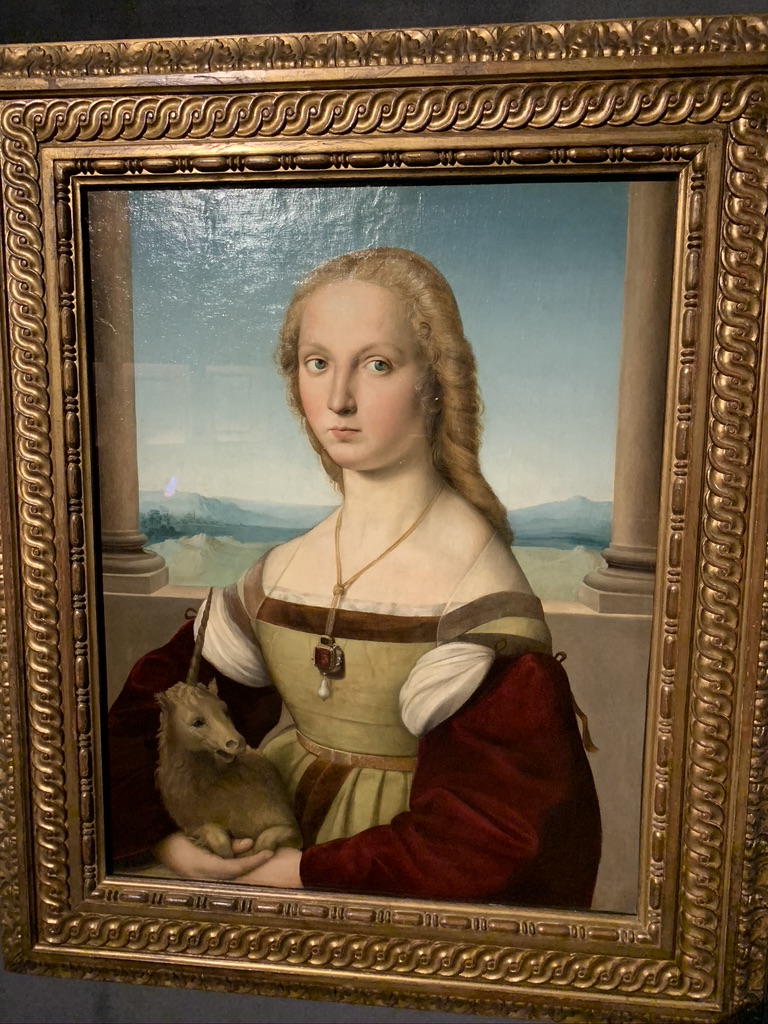
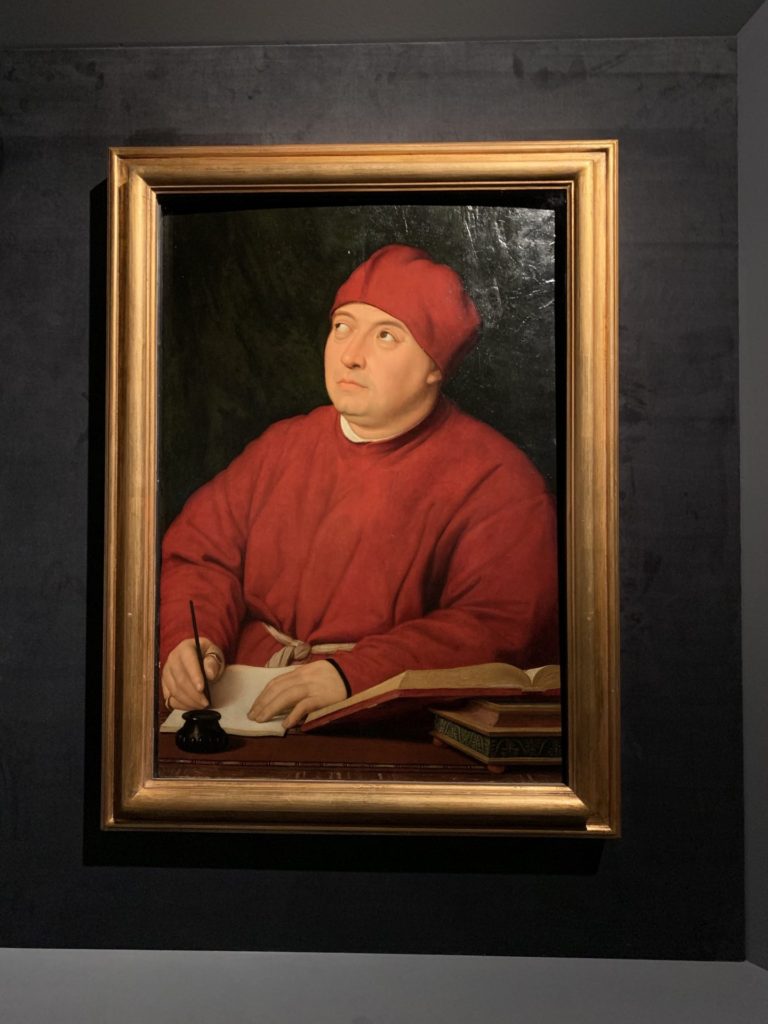
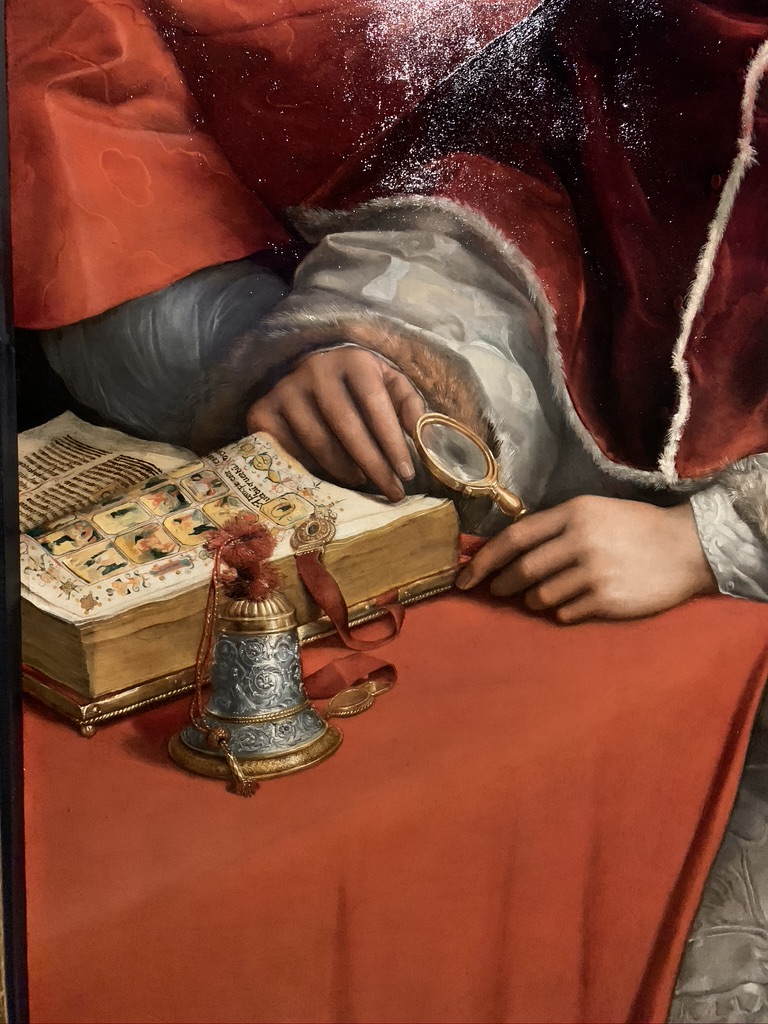
I’m grateful that I had the opportunity to see this exhibit.
More pictures can be seen in the galleries below.
